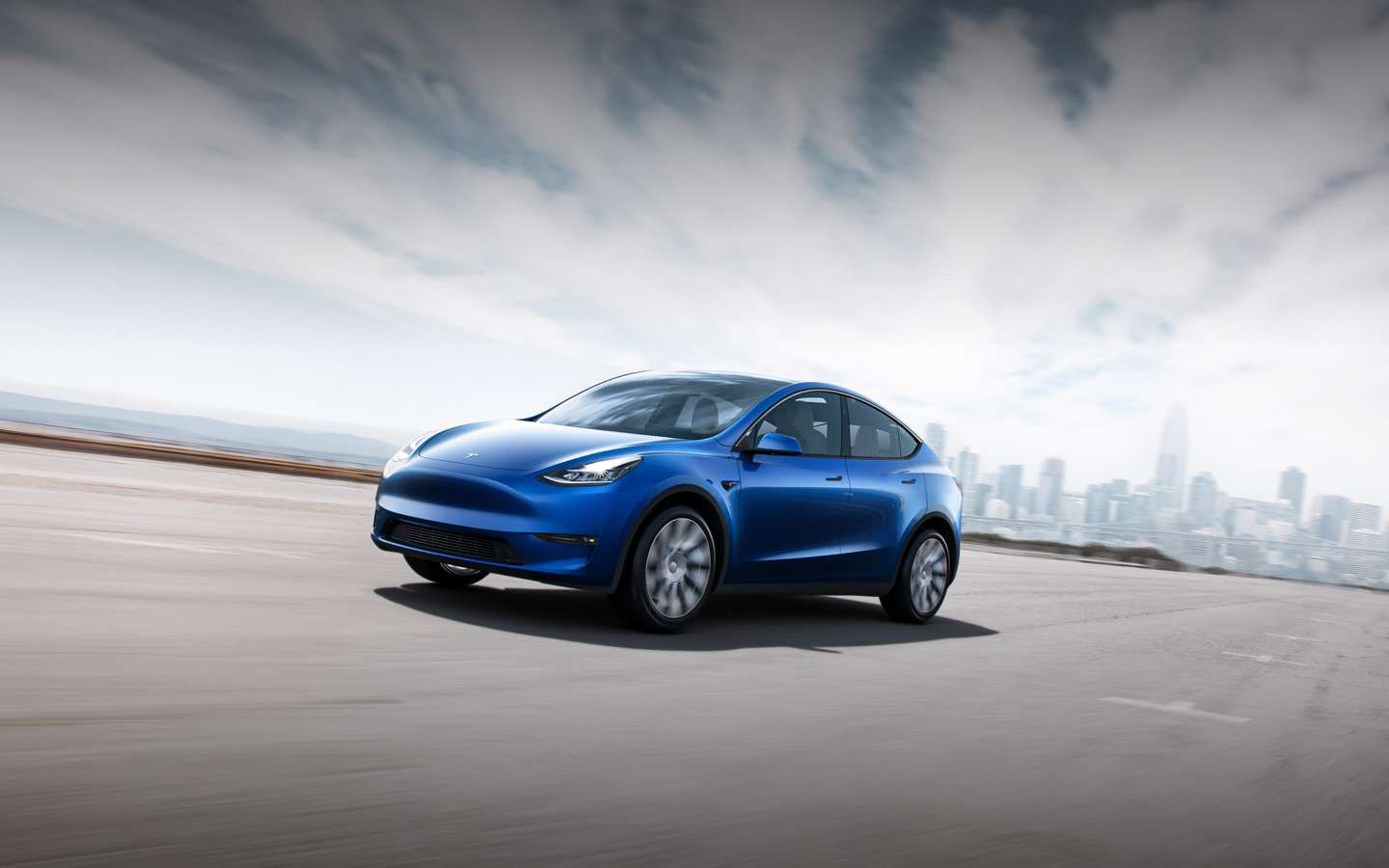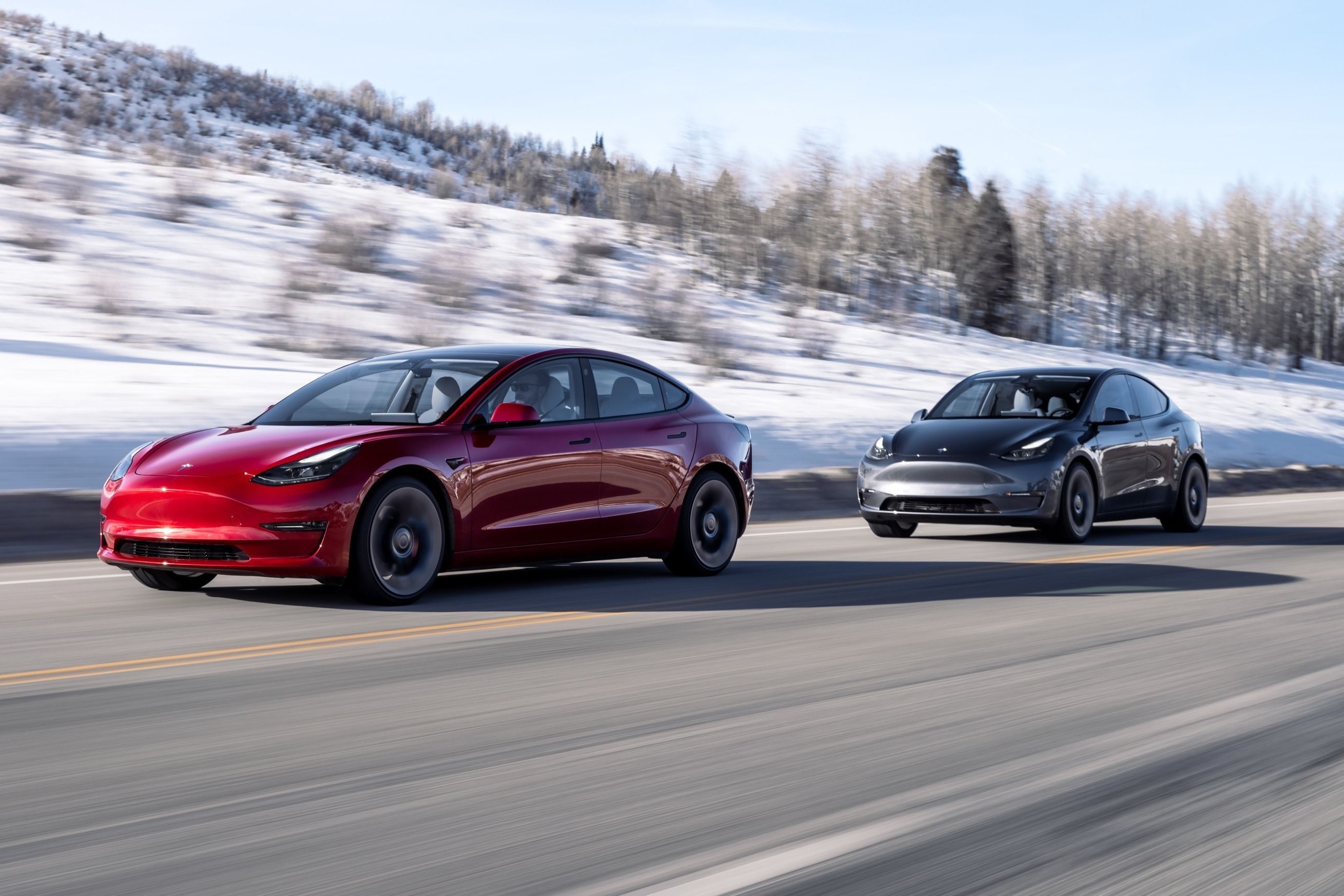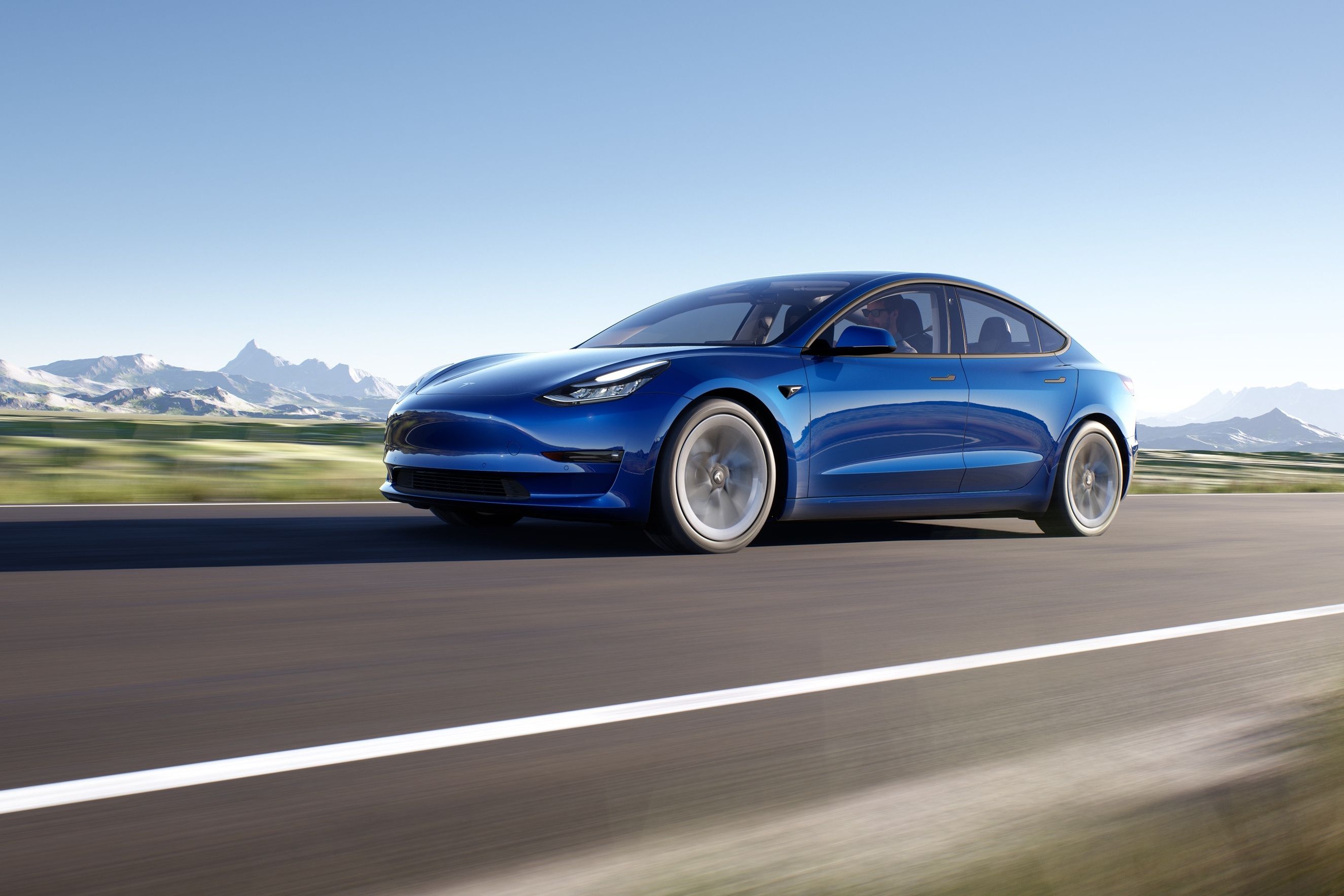
Tesla is continuing to develop its Full Self-Driving (FSD) program and has released the latest update to its controversial system to a group of 160,000 beta-testing users.
The list of changes is extensive and presents cars like the Tesla Model Y with greater accuracy and improved decision-making under a wider variety of conditions. Get ready for some very nerdy FSD terminology.
Many of the improvements are due to the switch to two-stage networks, which reduces latency and enhances functionality. An entire network update was implemented, retraining all the components with 3.8 times as much data. The Object Detection network has been improved, while retrained parameters give special attention to low-visibility scenarios. Photon-to-control latency has been further reduced, improving decision-making time.
Some exciting additions to the FSD suite include a new "Road Markings" module that decreases lane topology errors at intersections by almost 39%. Lane precision has been increased by 9.2%, lane recall by 18.7%, and fork recall by 51.1%.
Further decision-making enhancements for short-deadline lane changes also feature in the latest FSD, and an improved pedestrian kinematics model will reduce false slowdowns at crosswalks.
Vulnerable Road Users (VRU) improvements were a particular focal point for this upgrade, where the reduced latency from the two-stage network further improves crossing pedestrian velocity calculations by 6%.
Finally, dealing with static obstacles will be made smoother by searching through optimal possible vehicle motion trajectories. In-lane vehicle avoidance now also considers relative acceleration during its trajectory optimization.
After the beta-testing phase, Tesla plans to extend the release of FSD 10.69.3 to owners with a safety score above 80%. In the process, it hopes to gather enough data to prove its success to regulatory authorities to gain their approval.
This is at least some good news for Tesla, facing several high-profile battles because of its semi-autonomous systems. The Department of Justice is currently busy with a probe, and the SEC is also investigating possible misleading statements. Meanwhile, the state of California is trying to force Tesla to drop what it calls misleading names for its semi-autonomous systems.


